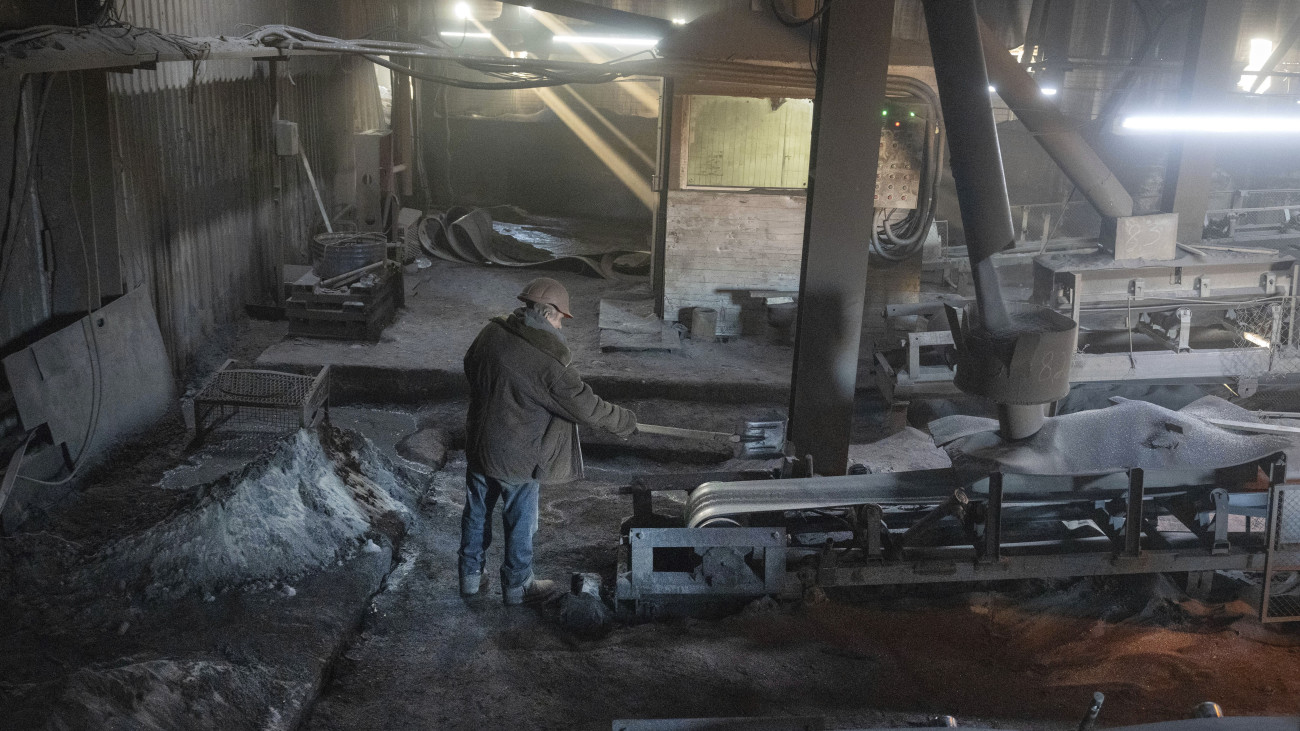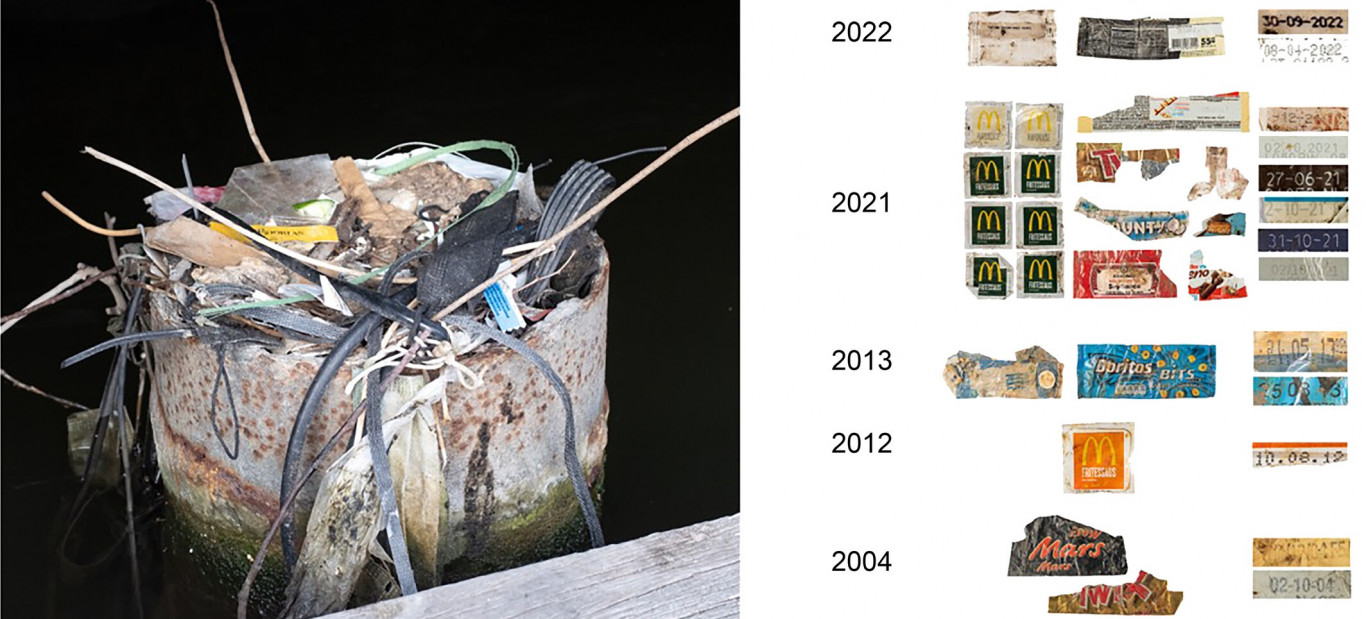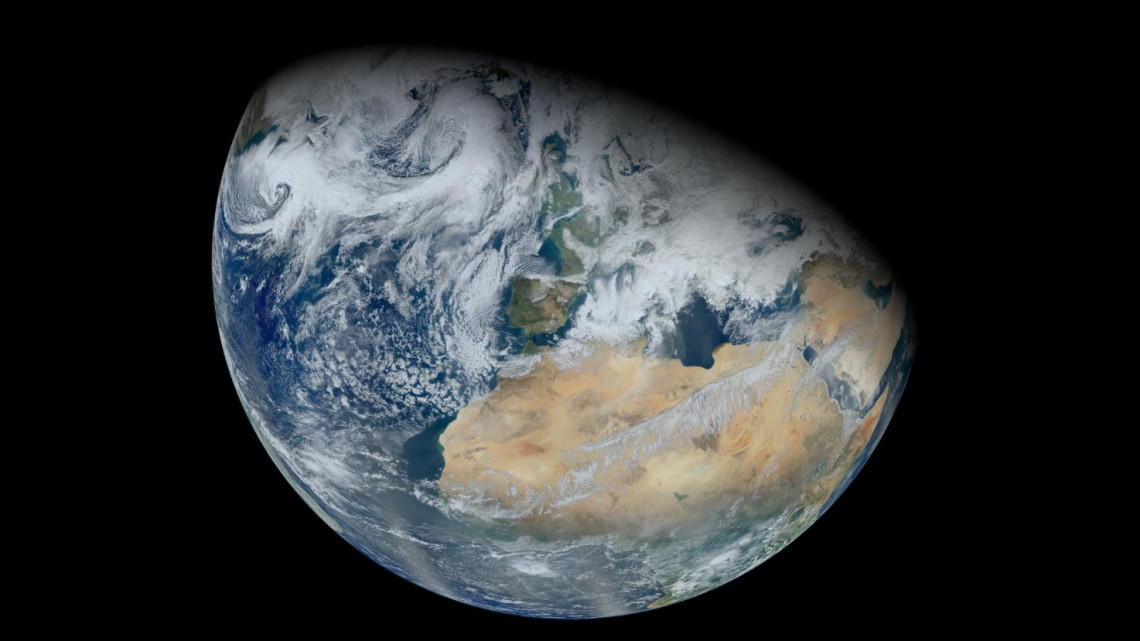According to the prevailing theory in astrophysics and cosmology, the Earth was formed from small stone meteorites with cores called chondrites, which formed in the early stages of the solar system. However, according to Paolo Susi, a professor at the Federal University of Technology in Zurich (ETH), the problem with the hypothesis is that the exact composition of the Earth cannot be explained by the rocks, he wrote. does not depend on Based on hirado.hu.
Collisions of the raw materials that make up the Earth produced massive amounts of heat and vaporized the lighter elements, so Earth must be much poorer in hydrogen and helium than expected. If the evaporation theory is correct, we would find fewer isotopes of light on Earth today than the original meteorites “But isotopic measurements don’t show this,” Sosi said.
According to the researchers’ latest theory, the planets of the solar system formed in such a way that the smallest particles of cosmic dust accumulated through their gravity.
grown into planetary spores,
that are heated enough to separate the mineral core from the mantle. Planetary seeds formed at different times can have completely different chemical compositions.
“The simulations revealed that a mixture of many different minor planets produced an Earth-type planet in the most likely scenario. In this way, we not only got close to the formation of the Earth, but also could shed light on the explanation for the birth of other rocky planets,” Rossi explained.
Editorial photo: Norman Koring, NASA GSFC / VIIRS / Suomi NPP












































